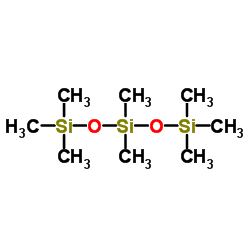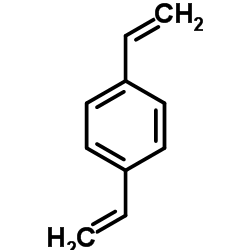| Structure | Name/CAS No. | Articles |
|---|---|---|
 |
Octamethyltrisiloxane
CAS:107-51-7 |
|
 |
Hexamethyldisiloxane
CAS:107-46-0 |
|
 |
Divinylbenzene
CAS:1321-74-0 |
|
 |
Phosphine
CAS:7803-51-2 |
|
 |
Phosphorus
CAS:7723-14-0 |